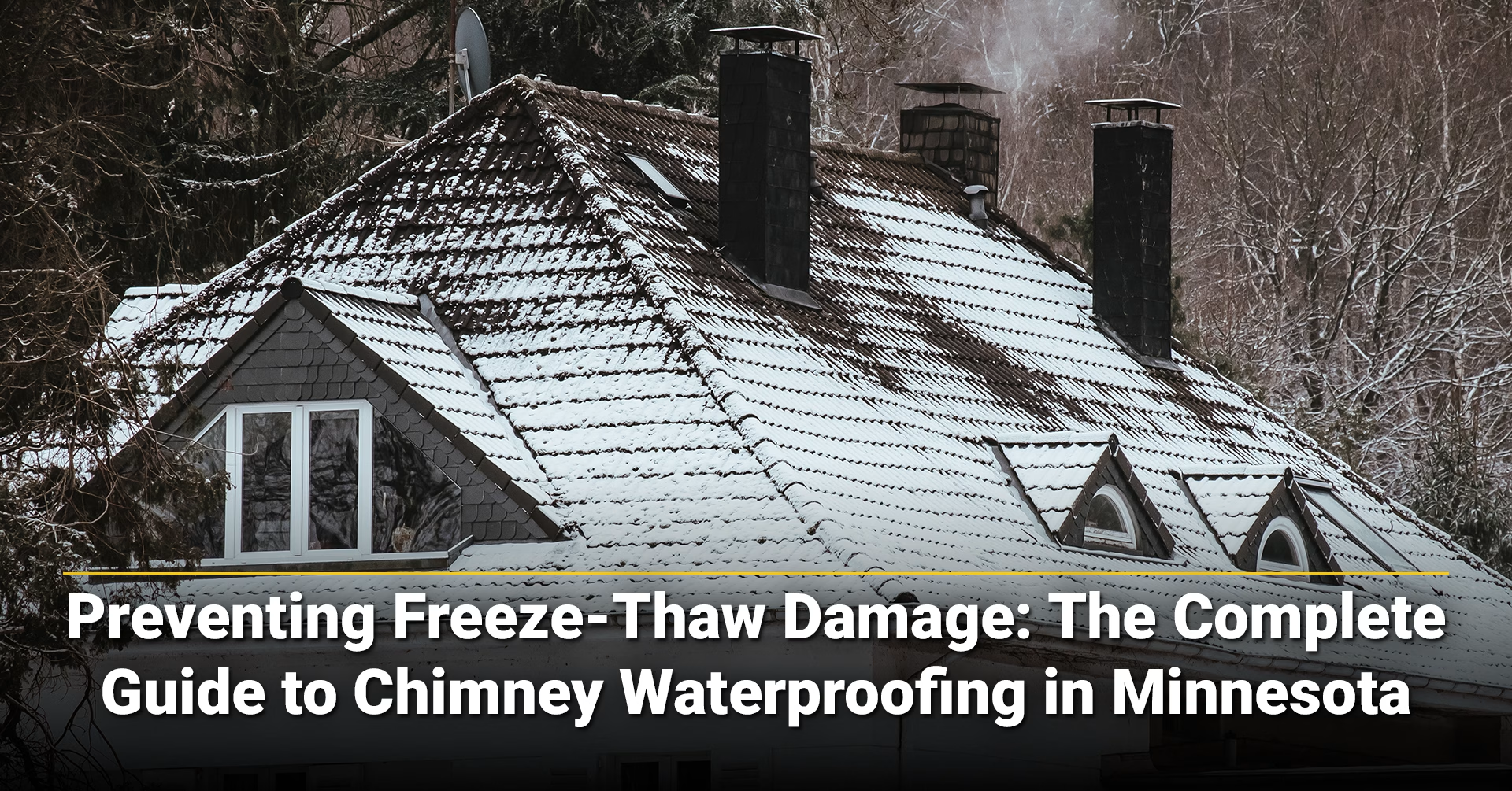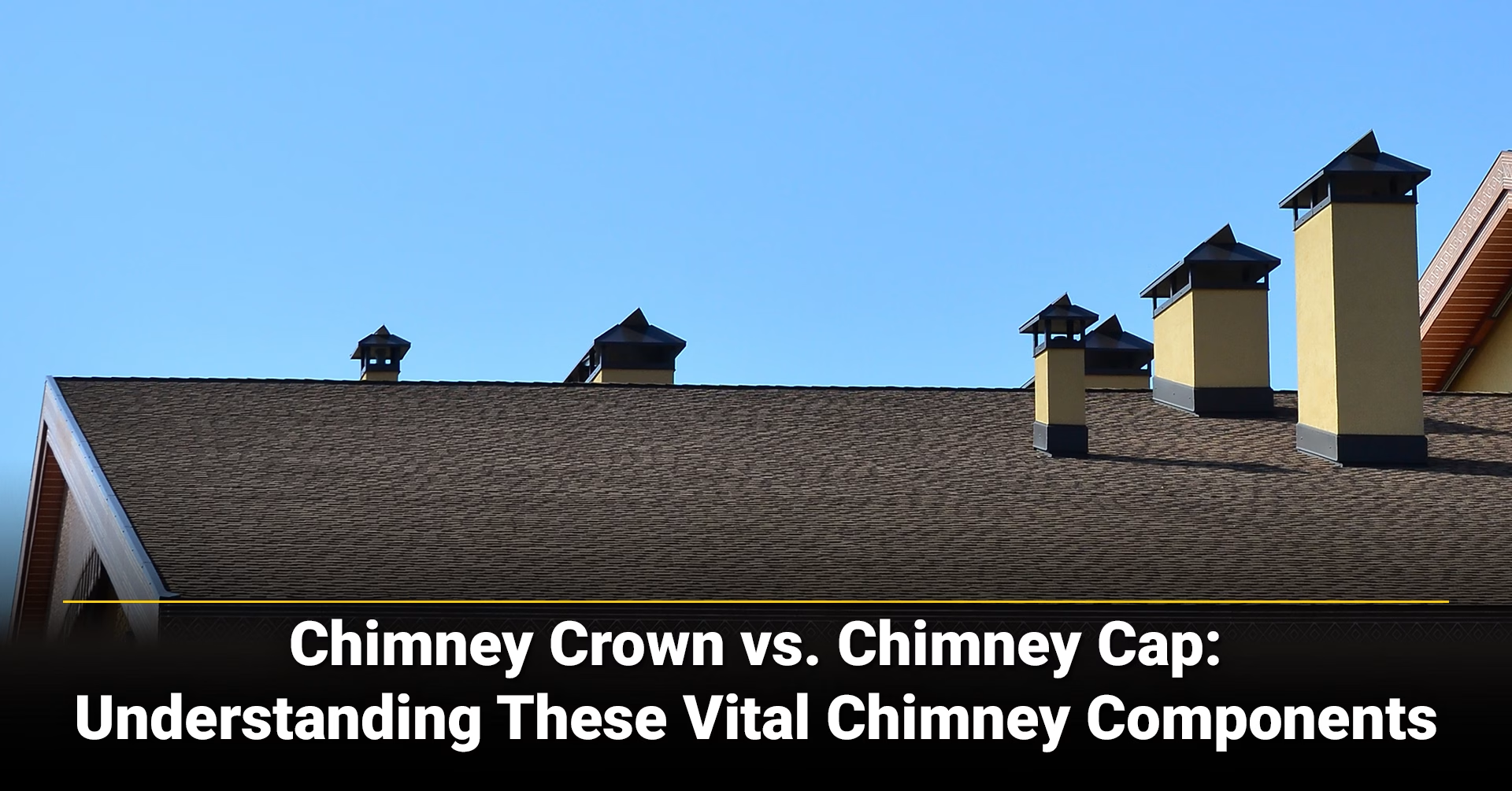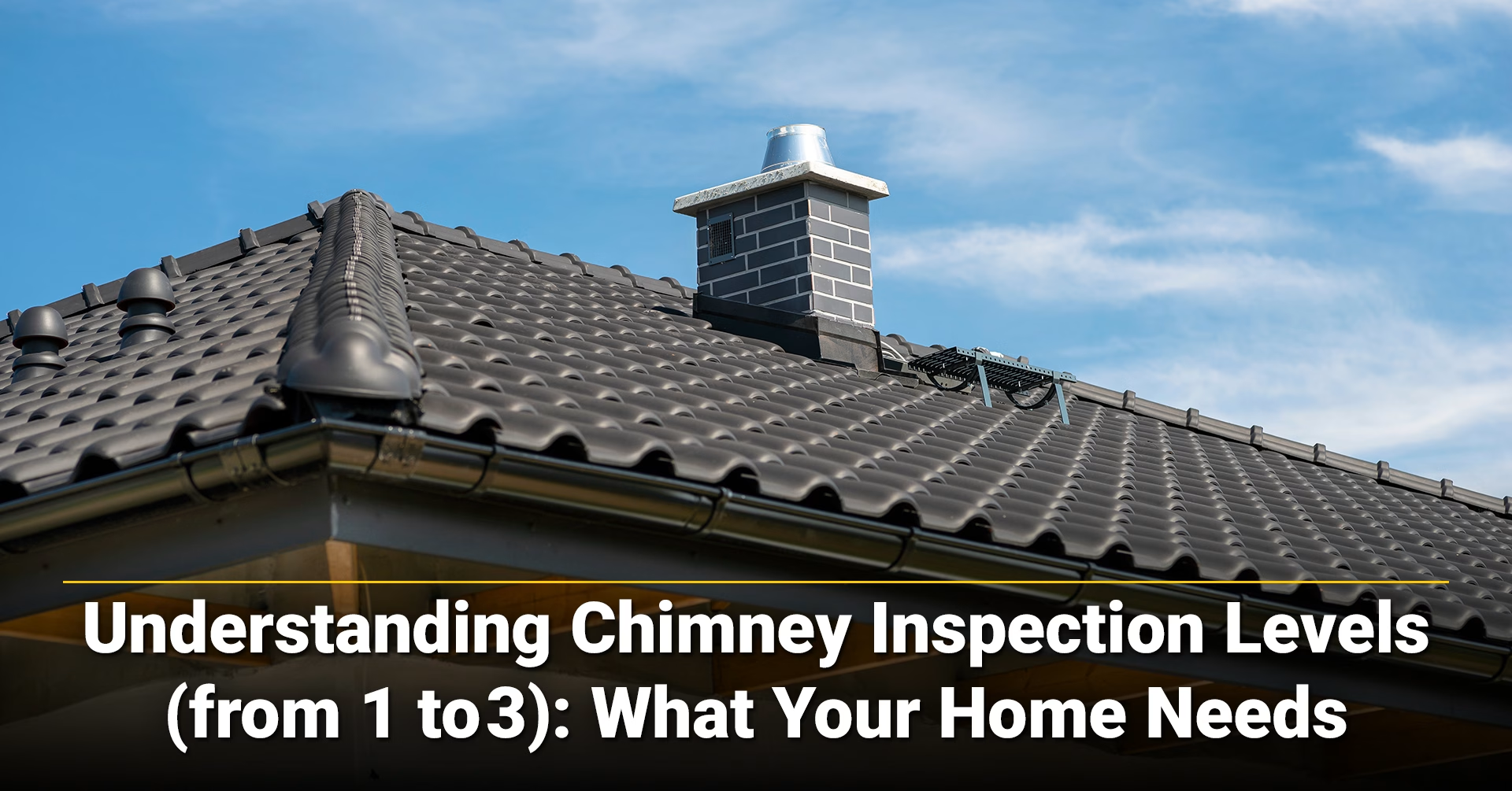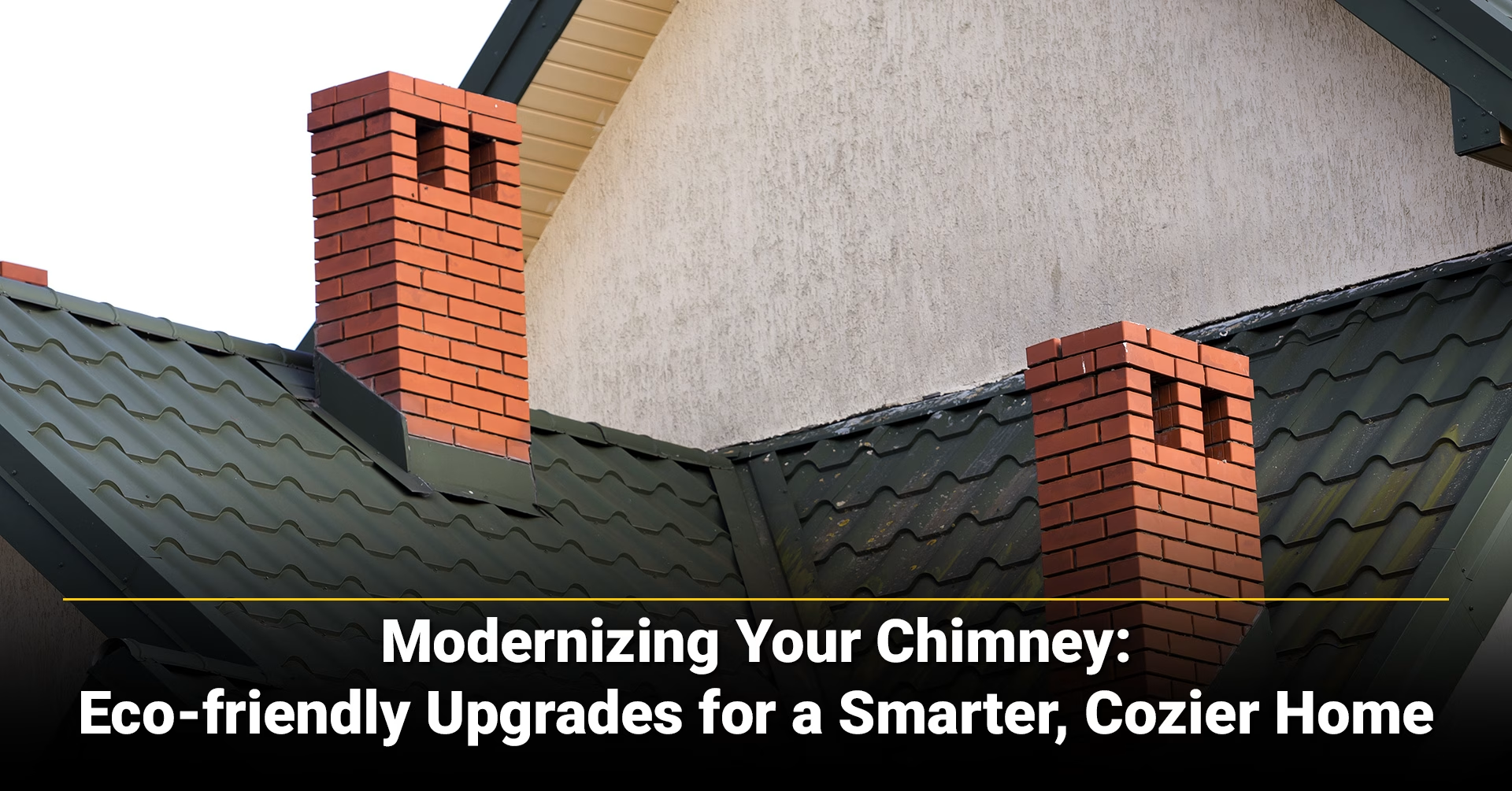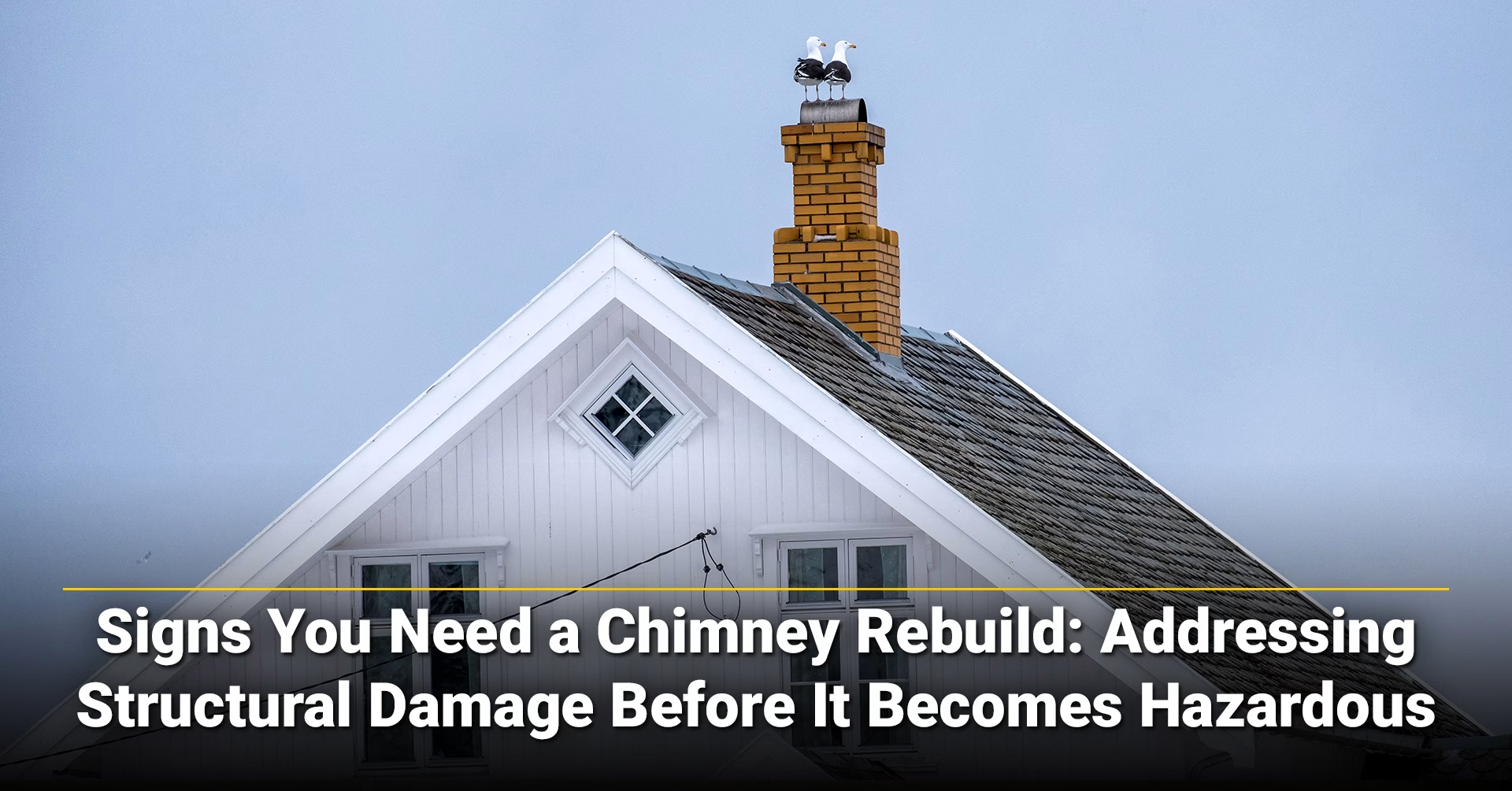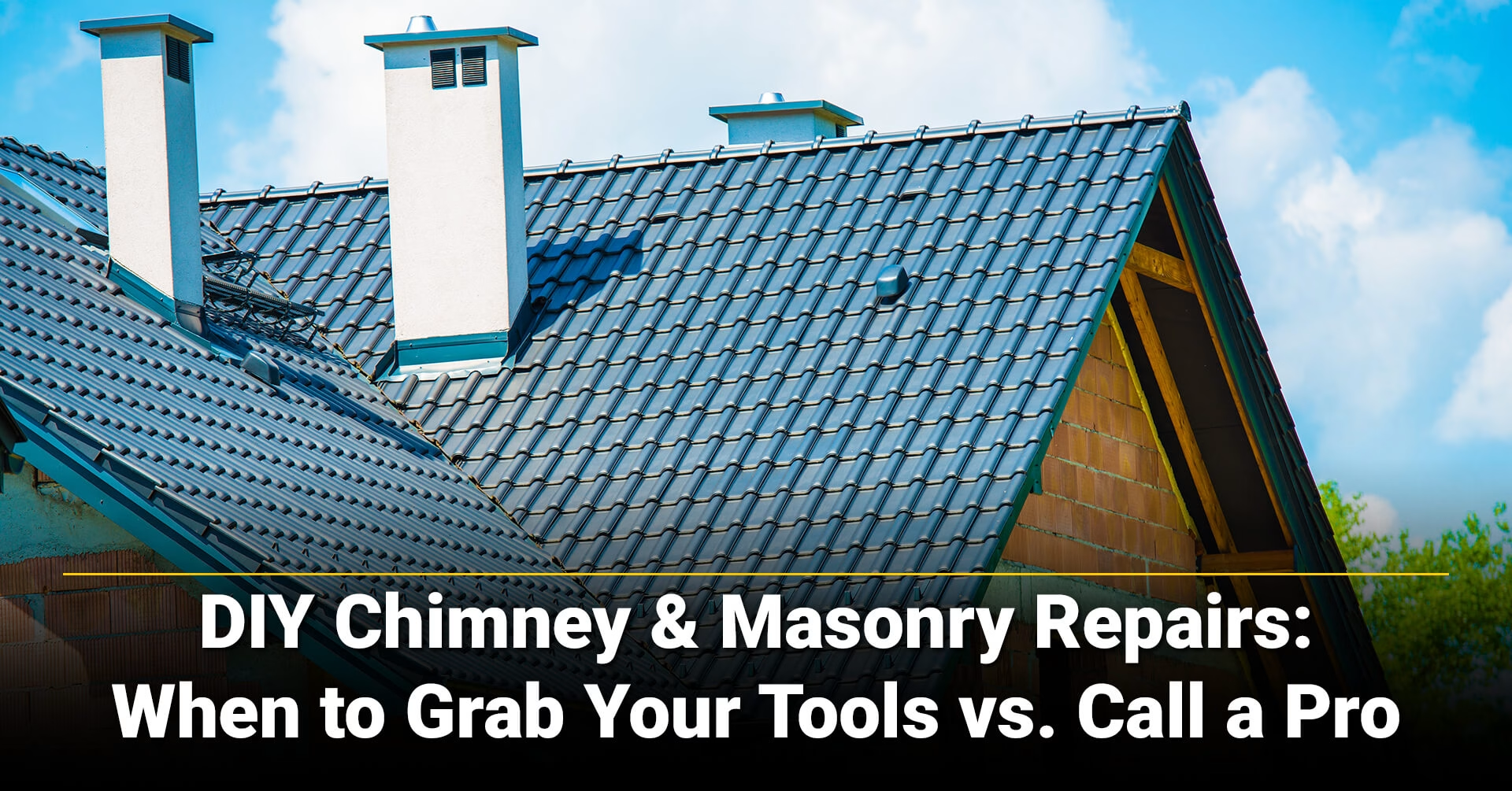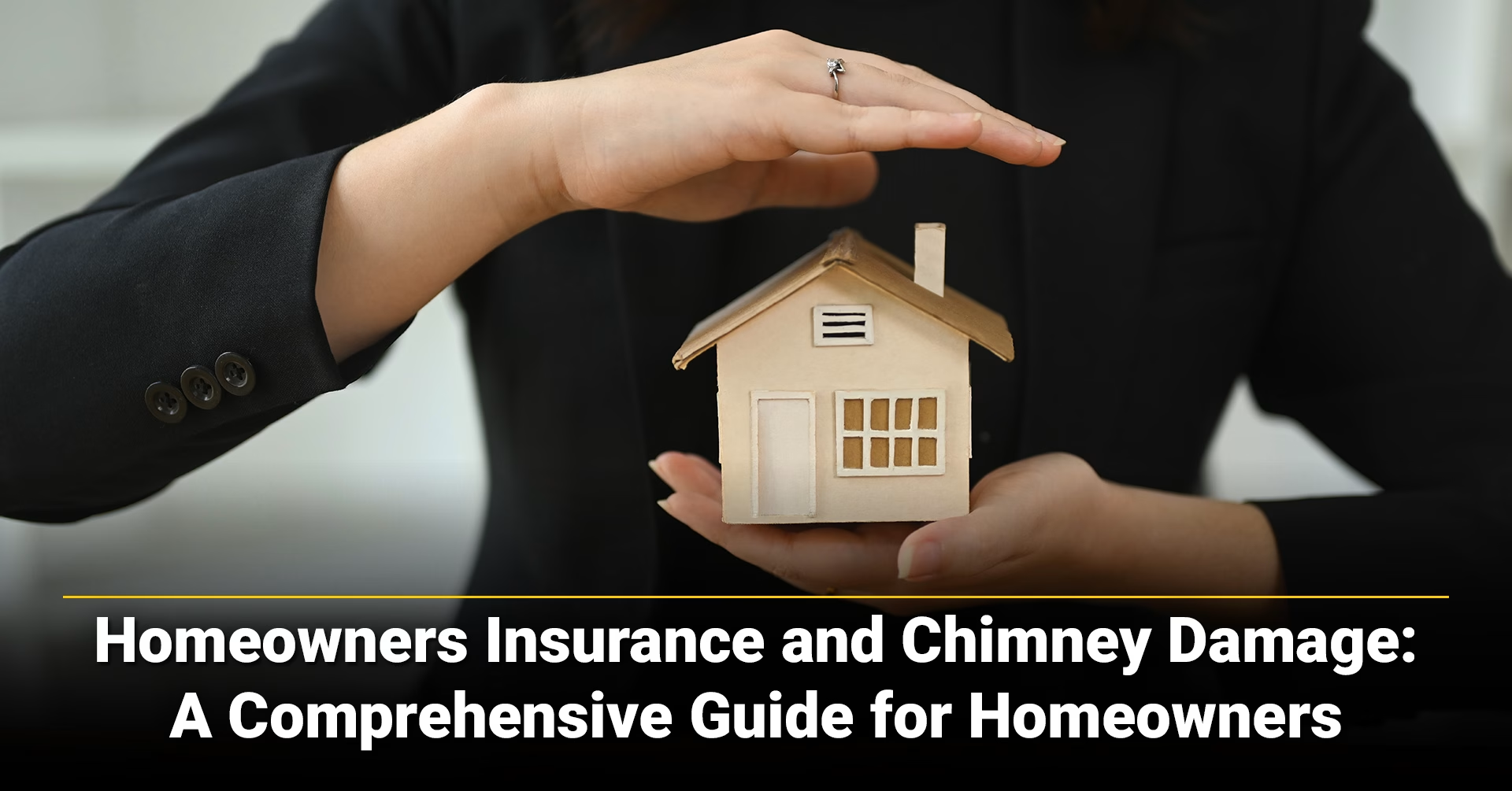This report provides a comprehensive guide for homeowners in Minnesota, on the complexities of homeowners insurance coverage for chimney damage. It serves as a guide for distinguishing between sudden, covered perils and excluded, preventable issues. The central idea is that a proactive, documented maintenance strategy is the homeowner’s most effective defense against claim denials and a prerequisite for leveraging their insurance policy. We will explore the specific challenges posed by the state’s climate, critical role of professional inspections, finances behind filing a claim, and a multi-layered process for disputing a denial. This report is designed to empower homeowners with the knowledge and actionable steps necessary to protect both their property and their financial well-being.
1. The Foundational Principle: Covered Perils vs. The Cost of Neglect
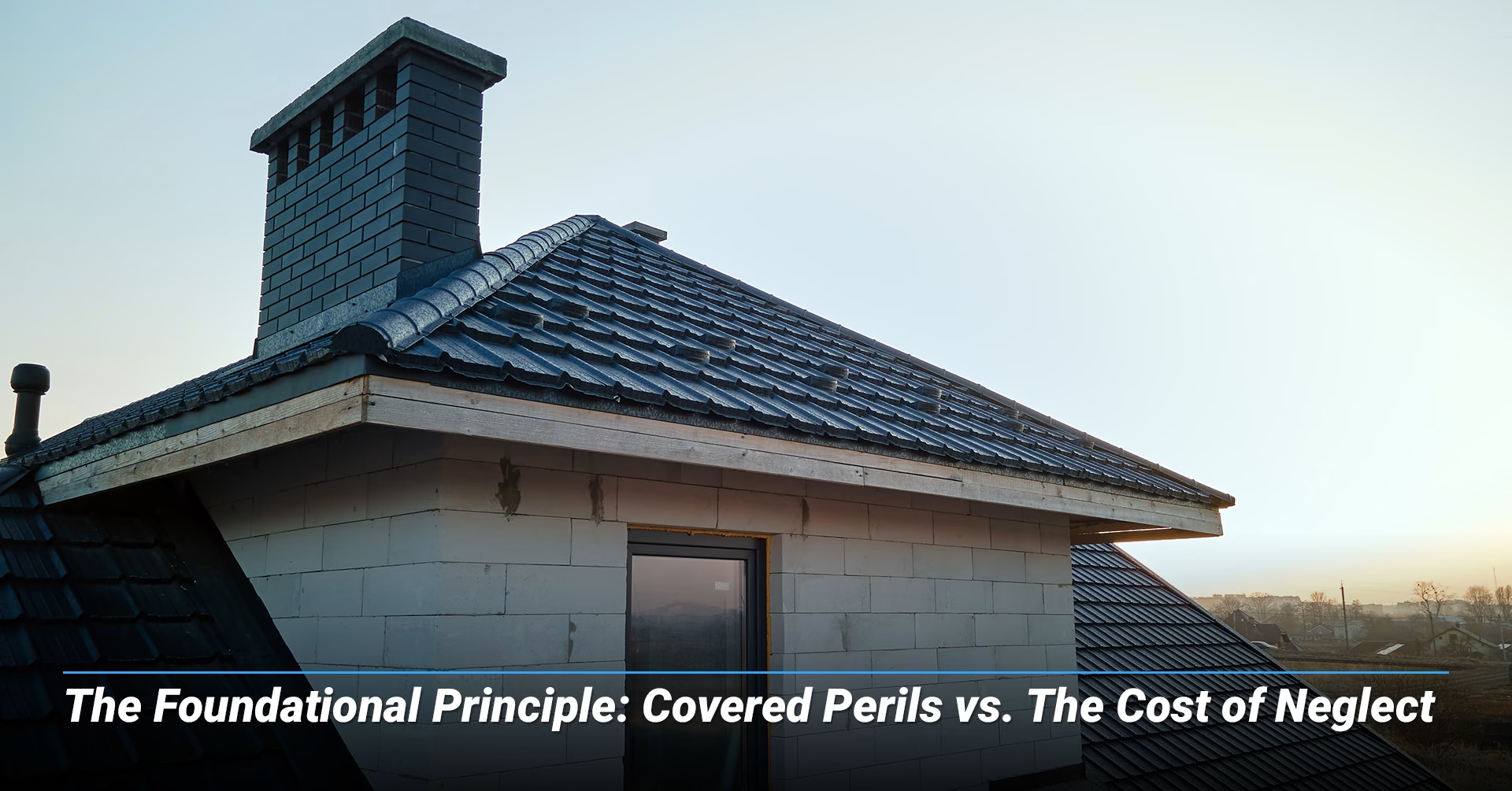
The cornerstone of homeowners insurance is the distinction between “sudden and accidental” events and damage that occurs gradually over time. This principle is critical to understanding what would be covered in a typical policy. Chimneys are considered a structural component of a home, meaning damage caused by a covered peril generally falls under the policy’s dwelling coverage, subject to the homeowner’s deductible.
A. The "Sudden & Accidental" Doctrine
Homeowners insurance policies are designed to protect against unexpected, uncontrollable events, known as “covered perils”. These are the events that unlock coverage for chimney repair or replacement. The insurance company’s liability hinges on proving the damage was a direct result of a specific, identifiable event rather than a long-term problem.
A both common and complex covered peril is a chimney fire. While a sudden and accidental fire is typically covered, the insurer may deny a claim if the blaze was attributed to the buildup of creosote because of a lack of proper maintenance. This clause effectively shifts the burden of responsibility to the homeowner, requiring them to showcase due diligence maintaining their chimney system. A chimney fire can cause extensive damage, including cracked flue tiles, displaced mortar, and a collapsed liner. This creates a pathway for flames to reach the combustible wooden structure of the home.
Another clear-cut covered peril is a lightning strike. The intense heat from a strike can vaporize mortar, cause bricks to explode, or severely damage the flue liner, leading to a serious fire hazard. Damage can range from obvious structural failure, such as dislodged bricks or a collapsed chimney, to more subtle, insidious issues.
Damage from fallen trees or severe weather is also a standard covered peril. If storm winds, hail, heavy sleet, ice, or a falling tree limb collapses a chimney, insurance will typically cover the cost of rebuilding and debris removal. This type of claim is straightforward, provided the tree was not already dead or unstable due to homeowner neglect, which could be deemed a preventable issue.
B. The Excluded Reality: Wear, Tear, and The Gradual Decay Clause
The most common reason for a claim denial is damage from a lack of maintenance, age, or gradual deterioration. Claims adjusters are trained to look for evidence that the homeowner could have prevented the damage. If they determine that wear, age, or neglect was the root cause, they can deny payment.
Common exclusions include normal aging such as crumbling mortar, efflorescence (white mineral deposits), and minor settling. These issues are considered part of a chimney’s natural lifespan and are not covered by insurance. Leaks are a particularly nuanced issue. While a leak caused by a sudden event like a hailstorm is likely covered, a leak resulting from a missing chimney cap, a cracked crown, or worn-out flashing is not. Insurers view these as direct consequences of neglect rather than a sudden event.
Chimneys that have been leaning for years before collapsing are a classic example of a gradual, preventable issue. Here, the insurer will likely argue the issue was not a “sudden and accidental” event. Similarly, spalling—the peeling or flaking of bricks—is a clear sign of long-term water damage that falls under this exclusion.
Finally, damage caused by small pests and animals is almost universally excluded from standard homeowners policies. While damage from large animals such as deers might be covered, insurers classify infestations from the likes of squirrels, rodents, bats, or raccoons as preventable problems. This exclusion applies to the cost of animal removal, cleanup of waste, and any resulting repairs.
2. The Hidden Threat: How Minnesota’s Climate Accelerates Excluded Damage
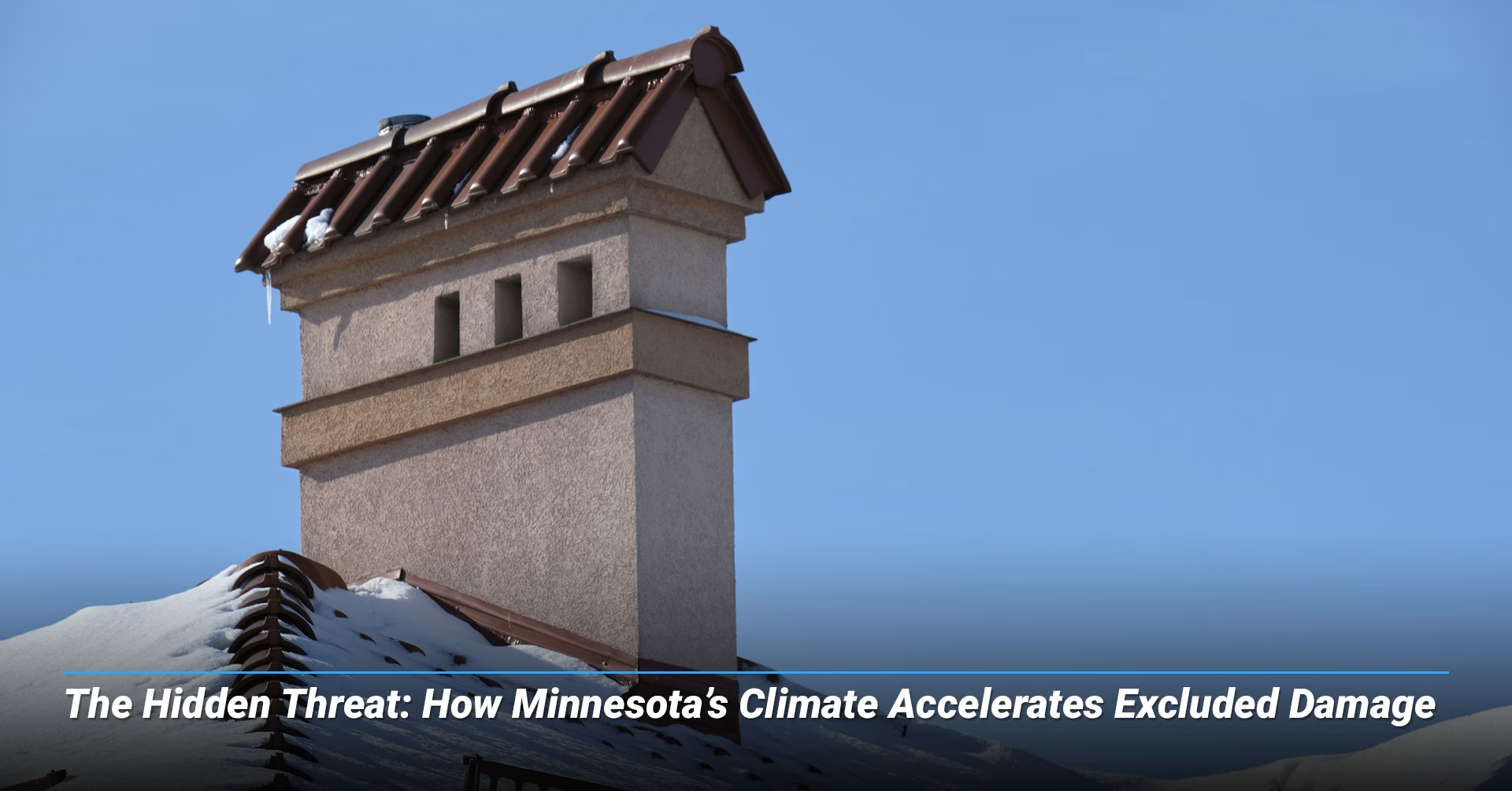
The geographic context of Rochester, Minnesota, is not a minor detail but a crucial factor in understanding a chimney’s vulnerability to damage. The region’s specific weather patterns directly contribute to the very types of damage that insurers routinely exclude, increasing the burden of responsibility on local homeowners.
A. The Destructive Freeze-Thaw Cycle
Minnesota’s climate, with its harsh winters and frequent temperature fluctuations between freezing and thawing, is a primary adversary of masonry chimneys. The culprit behind this weather-related damage is water absorption. A single brick can absorb up to two cups of water. Once frozen, it expands with immense force, causing the brick and mortar to crack and crumble. Known as spalling, this is a direct result of a preventable environmental factor.
For a Rochester homeowner, what looks like simple “normal wear and tear” is actually a predictable and accelerated form of gradual decay. Insurance companies are acutely aware of this regional risk, which means they are primed to look for evidence of this gradual, preventable damage. It transforms routine maintenance from a best practice into an essential financial safeguard for local homeowners. The burden of proof to demonstrate that a weather event caused the damage, rather than the effects of the freeze-thaw cycle, is placed on homeowners.
B. Storms and Water Infiltration
Rochester’s summers are known for intense, fast-moving “training storms”—multiple thunderstorm cells passing over the same area in quick succession—that can overwhelm drainage systems and lead to flash flooding. While standard policies often require a separate flood insurance policy for these damages, the high winds and driving rain can exploit minor, pre-existing cracks in the chimney crown, cap, or flashing. It creates a complex claim scenario where a covered peril (the storm) interacts with an excluded issue (pre-existing cracks). The insurer may deny the claim, arguing that the underlying cause was the unmaintained, cracked component, not the storm itself.
Beyond structural damage, water infiltration can lead to mold and rot inside the home. Mold can begin to grow on building materials within 24 hours of contact with floodwater and lead to health problems and significant economic hardship. This is another expense rarely covered by insurance, especially if the water entered through a neglected chimney component. A crucial dynamic for homeowners is apparent: small, unaddressed issues like a cracked crown that cost a modest amount to repair, can lead to a chain reaction and balloon quickly if not addressed and worsen. The initial small repair prevents a cascading financial disaster that the insurance company would likely disclaim.
3. The Proactive Defense: A Homeowner’s Action Plan
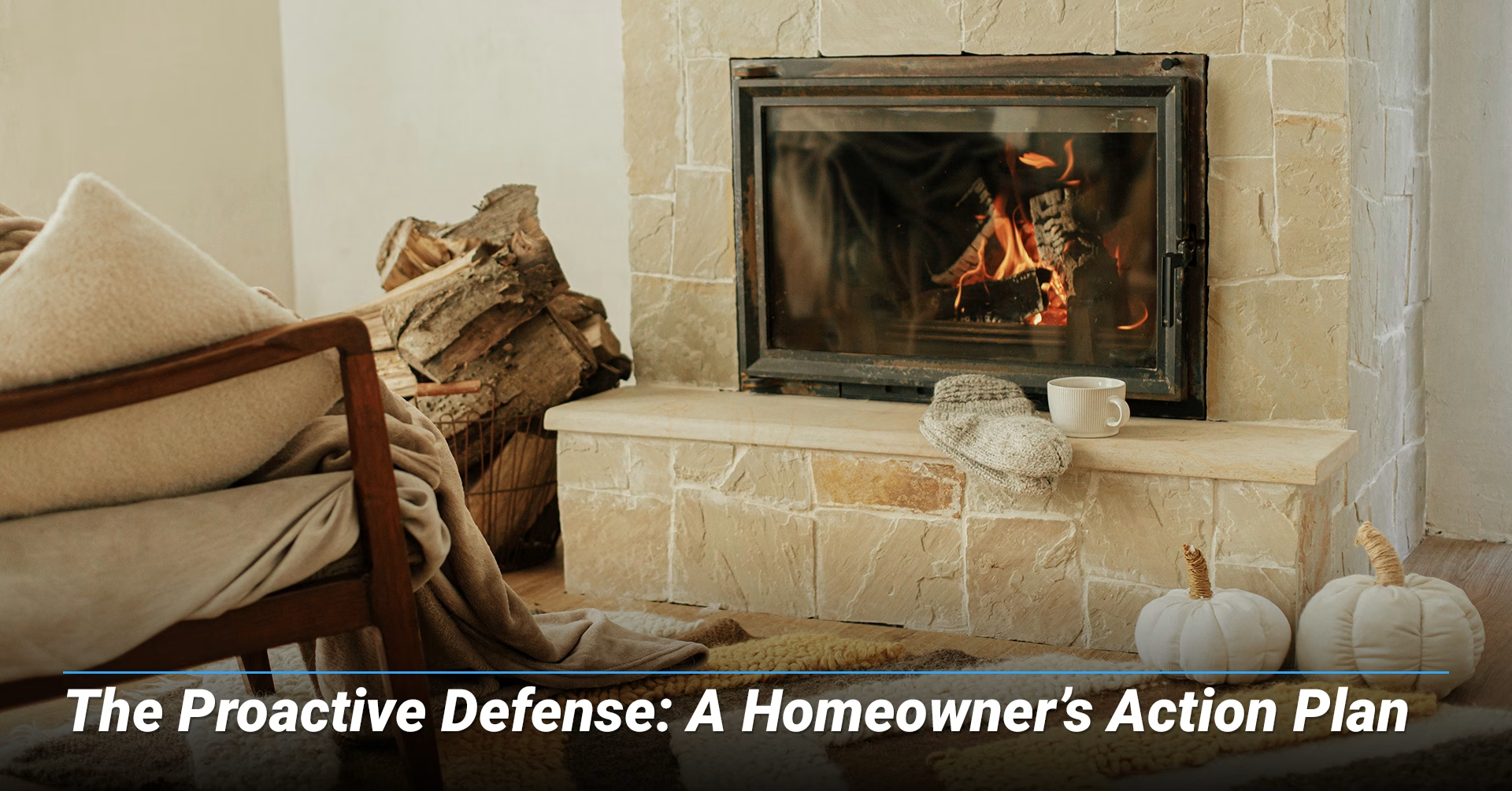
A homeowner’s most effective defense against a denied claim is a strategic, proactive approach to maintenance and documentation. Doing so serves as a direct counter-argument to an insurer’s claim of neglect and can make the difference between a covered loss and a significant out-of-pocket expense.
A. The Cornerstone of Protection: The Annual Chimney Inspection
The single most important action a homeowner can take is to schedule a yearly professional chimney inspection. Showcasing a homeowner has fulfilled their duty of care for their property is a key expectation of all insurers. It is important to note that not all inspections are created equal. The National Fire Protection Association’s (NFPA) standard for chimneys, fireplaces, and vents, NFPA 211, governs three levels of inspection:
● Level 1 Inspection: A basic visual inspection of easily accessible parts of the chimney and fireplace.
● Level 2 Inspection: The standard for real estate transactions or after a fire or weather event. More comprehensive, it includes a video scan of the entire flue liner.
● Level 3 Inspection: An invasive inspection requiring the removal of parts of the chimney or home and is only performed for serious, suspected damage.
For a homeowner, a Level 2 inspection is a powerful piece of evidence. The video footage provides a time-stamped, objective record of the chimney’s condition before an event, which can directly prove that any subsequent damage was not pre-existing. This documentation is a direct defense against a claim denial for neglect.
B. A Detailed Maintenance Checklist for Minnesota Homes
Beyond a yearly inspection, homeowners should follow a checklist of best practices to maintain their chimney’s health and protect their eligibility for coverage. Chimney caps are crucial components preventing water, debris, and animals from entering the flue. Investing in a quality, professionally installed cap is a key investment in long-term protection. It also contains a screen or mesh that acts as a spark arrester. Similarly, a properly sloped chimney crown directs water away from the masonry. The crown’s deterioration is a common source of leaks that can lead to significant damage.
The metal flashing that seals the joint between the chimney and the roof is another common source of leaks when deteriorating from age or improper installation. Finally, tuckpointing—the process of repairing mortar joints—is a routine maintenance task that preserves the chimney’s structural integrity. These small, preventative repairs are far less expensive than a complete structural rebuild.
C. The Power of Documentation
To bolster a claim and defend against a denial, documentation is necessary. Homeowners should maintain a folder with inspection reports, receipts for repairs, and photographs of their chimney in good condition. These records demonstrate to the insurer that the homeowner has met their maintenance obligations. If a claim is ever necessary, this binder serves as a compelling body of evidence for support while countering any accusations of negligence.
4. Navigating the Claims Process: From Incident to Resolution
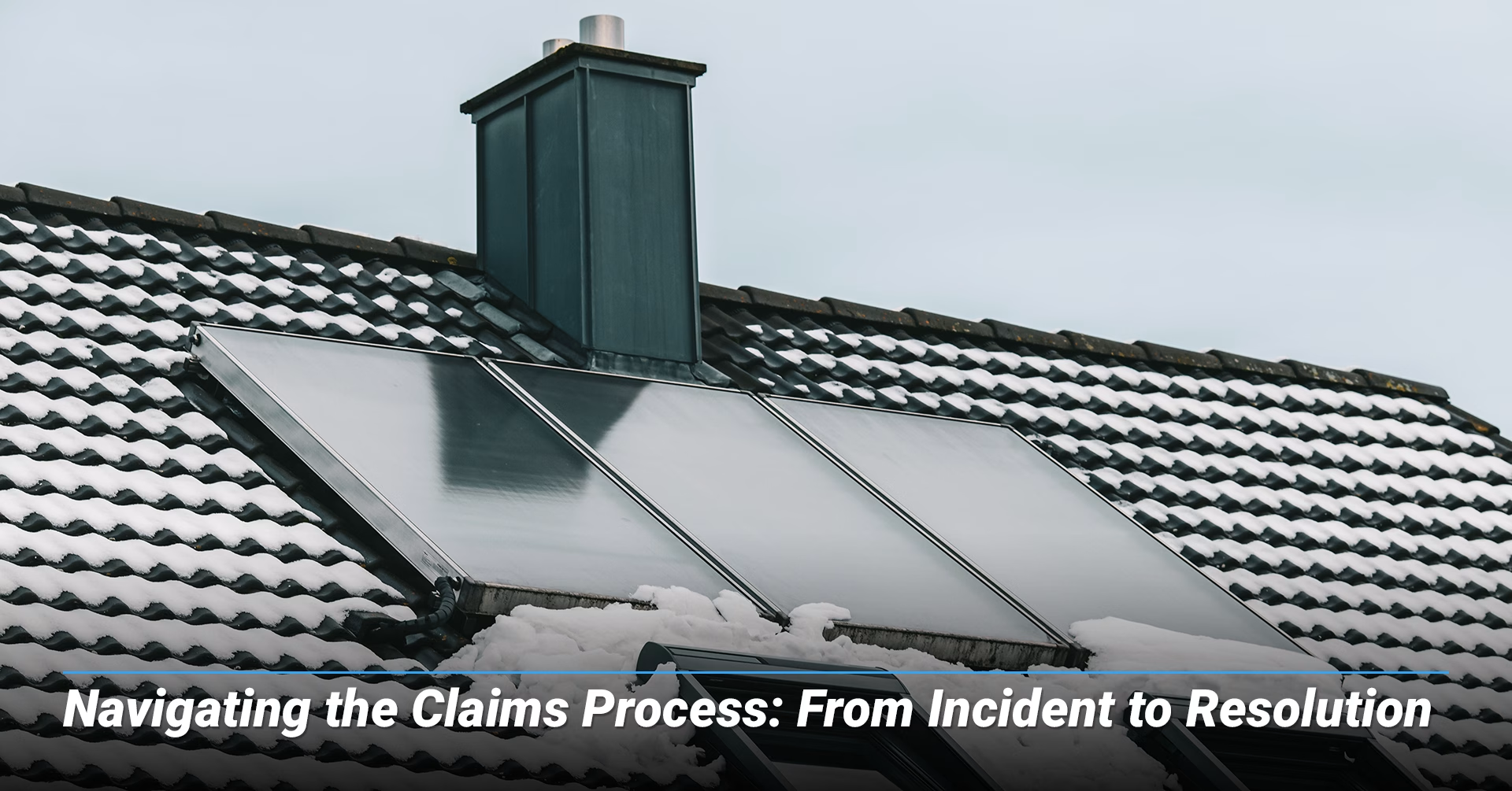
When a covered peril occurs, a strategic and deliberate approach to the claims process is essential. Navigating this process effectively can ensure the homeowner receives the full benefits they are entitled to.
A. Immediate Action Post-Incident
The first steps a homeowner takes after an incident are critical. First, thoroughly document the damage with clear photos and videos from multiple angles to showcase what transpired. Next, take temporary measures to prevent further damage, such as covering exposed sections with a tarp. This is often a requirement of insurance policies and shows due diligence. Finally, contact the insurer immediately to report the incident and initiate the claims process.
B. Working with the Adjuster
The insurance adjuster’s role is to assess the damage and determine coverage based on the policy and evidence provided. Adjusters are trained to look for “red flags” including old age, lack of maintenance, or pre-existing conditions to justify a denial. To counter, homeowners should hire a CSIA-certified professional to inspect the damage and provide a written report and a detailed repair estimate. Being present for the adjuster’s visit with this professional report can prevent misunderstandings and clarify technical details about the necessary repairs.
C. The Financial Calculus: Repair Cost vs. Deductible
Before filing a claim, a homeowner must consider the financial implications. The financial leverage of proactive maintenance over a reactive claim is a critical decision point. One should first determine the estimated cost of repairs for their specific issue. Next, comparing that cost to their policy’s deductible, which varies depending on the policy is necessary. If the repair cost is close to the deductible, it may be wiser to pay out-of-pocket and avoid a claim on their record rather than risk the potential for a premium increase.
The following table provides a clear comparison of common repair costs and a recommended course of action.
Repair Type | Strategic Decision |
Annual Chimney Cleaning/Inspection | Pay out-of-pocket. This is a maintenance cost and not covered by insurance. |
Flashing Repair | Pay out-of-pocket to avoid a claim on your record. Costs are often below the deductible. |
Chimney Cap Replacement | Pay out-of-pocket. The cost is typically below most deductibles. |
Tuckpointing / Repointing | Consider filing a claim for more extensive repairs. |
Chimney Crown Repair | Consider filing a claim if the cost is significant. |
Flue Liner Replacement | This is a substantial repair. File a claim. |
Full Rebuild | This is a major structural loss. File a claim immediately. |
5. The Path to Resolution: Appealing a Denied Claim
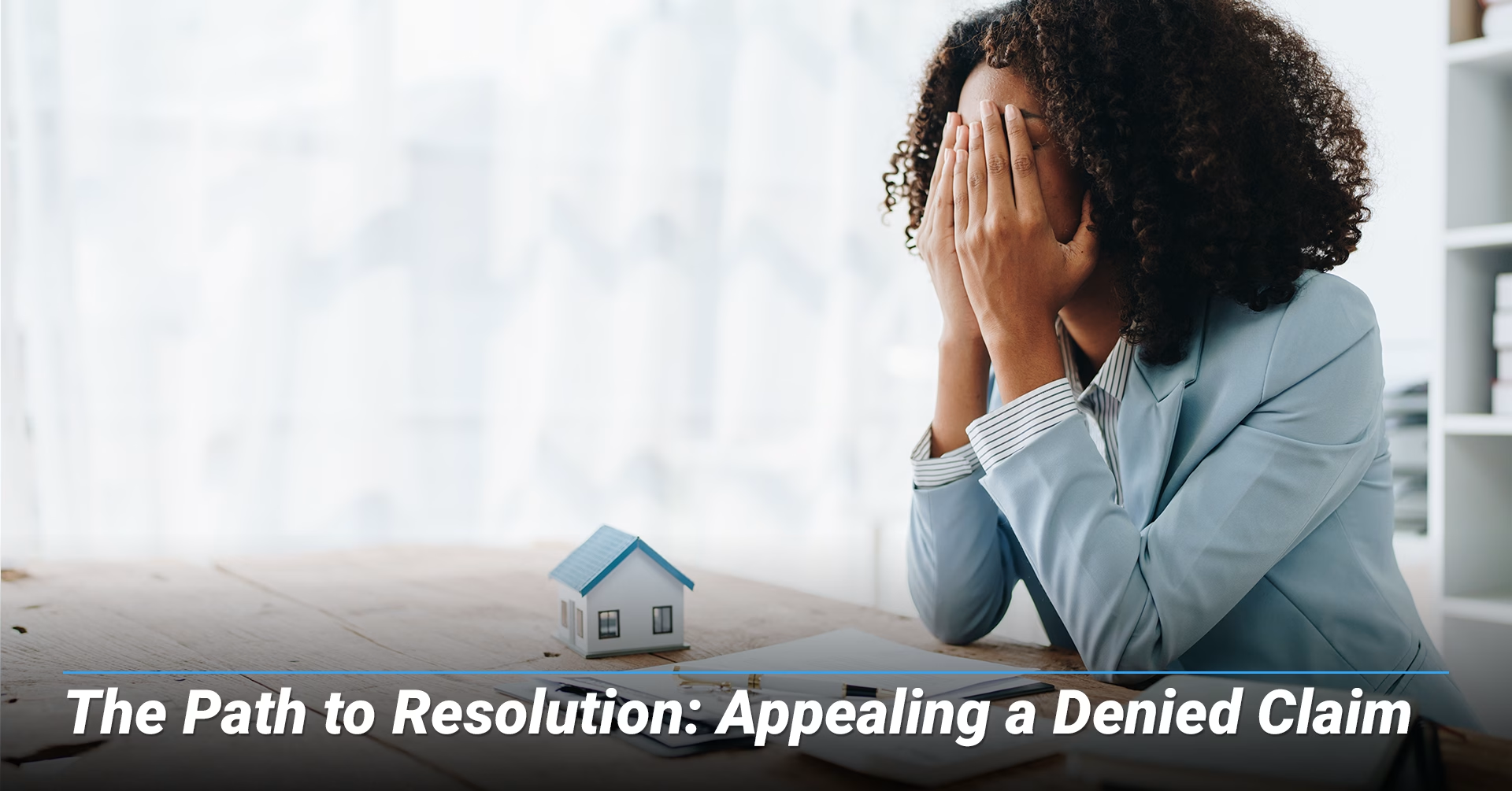
If a claim is denied, a homeowner has a structured path to appeal. This process is a game of systematically shifting the burden of proof from the insurer to the homeowner. Each step is designed to challenge the insurer’s position and compel a reconsideration.
A. The First Appeal: Internal Review
The first step is to carefully review the denial letter to understand the specific reason for the denial as the rejection reason needs to be clearly explained. Then, the homeowner should gather all their documentation—inspection reports, maintenance receipts, and photographs—to submit a formal request for an appeal or a new examination based on this information. Oftentimes, it reveals a simple clerical error or a misunderstanding that can be rectified with the right paperwork.
B. Escalation and External Resources
If the internal appeal is denied, the homeowner should escalate the issue using external resources. One option is to hire a public adjuster, a licensed professional who works exclusively for the homeowner, not the insurance company. They can re-appraise the damage, collect additional evidence, and negotiate with the insurer on the homeowner’s behalf. While their services can be costly, it provides invaluable assistance for complex disputes.
If a homeowner believes the denial was unfair or an act of “bad faith,” they can file a complaint with their state’s Department of Insurance. This official complaint triggers an external review of the insurer’s conduct occasionally leading to a reversal of the denial. For the most significant claims or in cases with clear evidence of bad faith, a lawsuit may be a final recourse, though this path should be weighed carefully against the financial and time costs.
Conclusion: A Holistic Approach to Chimney Ownership in Minnesota
Ultimately, managing chimney health is a holistic process requiring a partnership between the homeowner, a certified professional, and the insurance provider. Chimneys serve as core structural components of the home and a key safety feature. The specific environmental pressures of Rochester, Minnesota, mean that standard maintenance shouldn’t be treated as best practice, but rather, a crucial financial defense.
By understanding the critical distinction between covered and excluded damages, embracing a strategy of proactive maintenance plus documentation, and knowing how to navigate the claims process, Rochester homeowners can protect their home and financial security for years to come. The ultimate defense against a bad faith claim is the documented proof of proactive care.
Frequently Asked Questions
1. Do I need to tell my insurer before performing repairs?
For minor maintenance, such as replacing a chimney cap, you generally do not need to inform your insurer. However, for significant repairs or structural changes, it is important to review your policy or check with your provider, as unauthorized work could complicate a future claim.
2. Can DIY repairs void my insurance coverage?
Potentially. If an insurance adjuster determines that the damage was caused or worsened by your own repair work, they may deny your claim. It is always recommended to use qualified professionals for any structural or safety-related work.
3. Will my insurance cover a chimney rebuild after a chimney fire?
Yes, a rebuild is likely to be covered if the fire was accidental and not a result of neglect or a lack of cleaning. Most policies will cover the cost of replacing or rebuilding a chimney and any other related repairs, provided the damage was not preventable.
4. Is mold or rot damage covered if it’s from a chimney leak?
Generally, damage from mold, mildew, or rot is excluded from homeowners policies. While a leak caused by a sudden, documentable event may be covered, the long-term damage that results from a neglected leak is typically considered a maintenance issue and would not be covered.
5. Can a well-maintained chimney lower my homeowners insurance rates?
While a clean chimney or specific maintenance tasks may not directly lower your premium, they can help you avoid rate increases. Insurers look for “red flags” including old age, lack of maintenance, or pre-existing conditions that could lead to a claim. By demonstrating due diligence with regular maintenance and inspections, you can protect your eligibility for coverage and potentially avoid premium adjustments associated with a history of claims.

